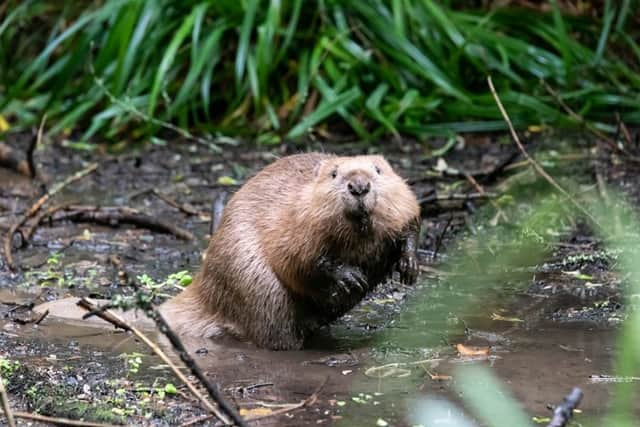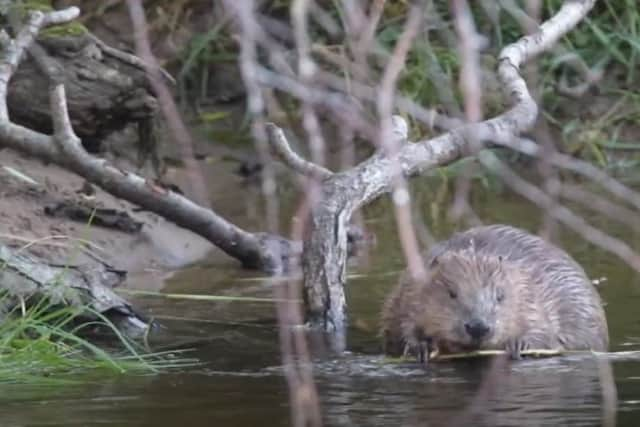Beavers could be introduced to Greater Manchester’s rivers to help prevent floods
and live on Freeview channel 276
Calls have been made to introduce beavers into Greater Manchester’s waterways as a way to cut the risk of flooding. A meeting of Bury Council heard the authority’s environment lead, Coun Alan Quinn, extol the benefits of the large rodents as part of a range of natural flood management measures.
Answering a question about recent flash flooding in Bury after rain storms, he said: “On a serious point I’d love to see the introduction beavers to waterways in Greater Manchester. They do flood management for free. Wherever they’ve been introduced they have cut flooding. It’s remarkable what they can do.”
Advertisement
Hide AdAdvertisement
Hide AdAccording to The Beaver Trust, the creatures build dams to increase and maintain the water depth in their territory to and protect them from predators.
The dams keep the entrances to their multiple burrows and lodges submerged. There is a general agreement among those who study the impact of beavers that they help revert land to its more natural state.


The beaver is native to Britain and used to be widespread in England, Wales and Scotland. They became extinct in the 16th century, mainly because of hunting for their fur, meat and ‘castoreum’, a secretion used in perfumes, food and medicine.
Environmental groups believe the re-establishment of beavers would have a significant positive influence on the environment. In Scotland, there are currently two populations of beavers.
Advertisement
Hide AdAdvertisement
Hide AdIn Argyll, where a successful trial ran from 2009-2014, a small population continues with help from some further licenced releases. In the east of Scotland there is an expanding population of beavers which currently inhabits the Tay and Forth catchments.
In England the River Otter Beaver Trial (ROBT) is the only licenced population of free-living beavers, although other groups of beavers exist in the wild, as aresult of escapes. The scheme is led by Devon Wildlife Trust.
The results of the trial will inform a ministerial decision on the future of beavers in England. Coun Quinn said that any introduction of beavers would need to be part of a wider range of natural measures.


He said: “The majority of floods related to recent storms were purely related to capacity issues which are not easily addressed. Climate change has led to more frequent extreme rainfall events which the sewers and drainage network were never designed to cope with.
Advertisement
Hide AdAdvertisement
Hide Ad“Addressing capacity issues is a long term aspiration. We must lobby government to make sure all new developments have sustainable drainage.
“There are also other methods. There’s an example in Pickering in North Yorkshire who had two schemes. Option one was £20M of hard flood defences, option two was natural flood management at £2M – they chose the natural flood management and Pickering hasn’t flooded since.
“So we have to look wider at the catchments of the Irwell where Storm Eva badly affected Radcliffe and other areas in 2015. In that instance the catchment area soaks up so much and then when it can’t take any more it releases it into the Irwell.
“In the catchment area we need to be looking at peat bogs, planting trees, leaky dams and a whole range of natural flood management.”
Comment Guidelines
National World encourages reader discussion on our stories. User feedback, insights and back-and-forth exchanges add a rich layer of context to reporting. Please review our Community Guidelines before commenting.